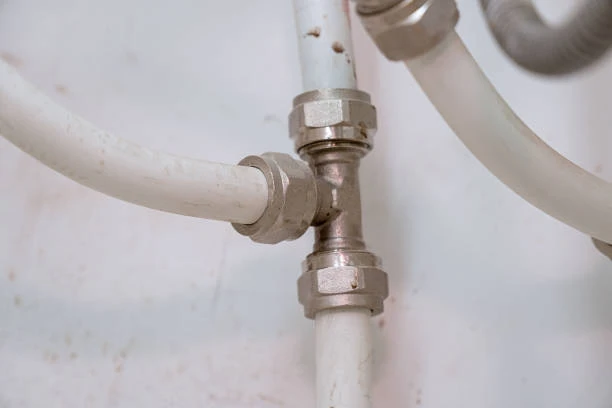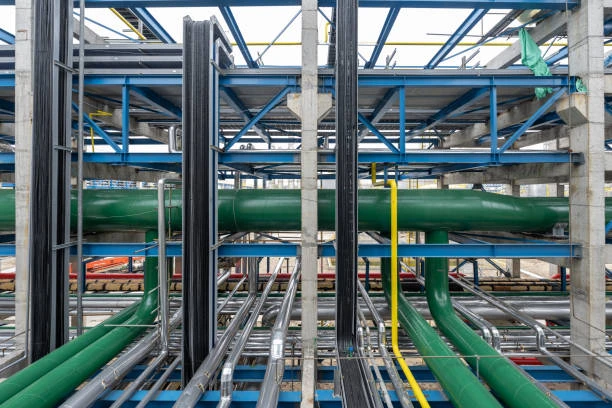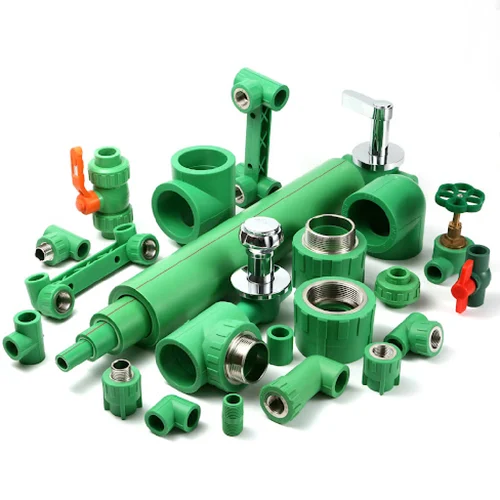When it comes to plumbing systems, selecting the right piping material is crucial for ensuring durability, efficiency, and safety. In 2024, two popular options are CPVC (Chlorinated Polyvinyl Chloride) and PPR (Polypropylene Random Copolymer) Pipe. Each material has its own unique benefits and drawbacks, which makes understanding their differences essential for making an informed decision. This article will explore the features of CPVC and PPR piping, helping you decide which is the best choice for your needs.
Understanding CPVC Piping
CPVC is a thermoplastic piping material that has been used in various plumbing applications for decades. It is known for its ability to handle high temperatures and pressures, making it a reliable choice for both residential and commercial plumbing systems.
Advantages of CPVC
- High Temperature Resistance: CPVC can withstand temperatures up to 200°F (93°C), making it suitable for hot water applications.
- Corrosion Resistance: Unlike metal pipes, CPVC does not corrode, which helps maintain water quality over time.
- Ease of Installation: CPVC pipes are lightweight and can be easily cut and joined using solvent cement, reducing installation time.
Disadvantages of CPVC
- Brittleness: CPVC can become brittle over time, especially when exposed to UV light or extreme temperatures, which may lead to cracks.
- Limited Flexibility: Unlike PPR, CPVC does not have the same level of flexibility, which can complicate installation in tight spaces.
Understanding PPR Pipe
PPR piping, or Polypropylene Random Copolymer piping, is increasingly becoming the go-to option for plumbing systems. Known for its versatility and durability, PPR is suitable for a variety of applications, including hot and cold water systems.
Advantages of PPR
- Chemical Resistance: PPR pipes are highly resistant to chemical corrosion, ensuring the safety and purity of drinking water.
- Long Lifespan: With a lifespan exceeding 50 years, PPR pipes offer a long-term solution, minimizing the need for replacements.
- Thermal Insulation: PPR has low thermal conductivity, which helps maintain water temperature and reduces energy costs.
- Flexibility and Lightweight: PPR pipes are lighter and more flexible than CPVC, making them easier to handle and install in various configurations.
Disadvantages of PPR
- Higher Initial Cost: The initial cost of PPR pipes may be higher compared to CPVC, but the long-term savings can outweigh this.
- Specialized Installation: PPR requires heat fusion for joining, which may necessitate specialized training or tools.

Comparing Performance: CPVC vs. PPR
Temperature and Pressure Ratings
Both CPVC and PPR pipes have distinct temperature and pressure ratings. CPVC is better suited for high-temperature applications, while PPR excels in both hot and cold water systems due to its durability.
Lifespan and Maintenance
PPR pipes typically offer a longer lifespan compared to CPVC. While CPVC can last for many years, the potential for brittleness may lead to earlier replacements. PPR’s durability and resistance to chemical corrosion ensure fewer maintenance issues over time.
Environmental Impact
In terms of environmental impact, PPR pipes have an advantage. They are fully recyclable and do not release harmful substances when disposed of. CPVC, while also recyclable, may contain additives that are less environmentally friendly.
Cost Analysis
Initial Investment
When evaluating initial costs, CPVC pipes are generally less expensive than PPR pipes. However, it’s essential to consider the long-term savings associated with PPR’s durability and lower maintenance needs.
Long-Term Savings
PPR pipes tend to offer greater long-term savings due to their lifespan and resistance to damage. Homeowners and businesses can benefit from reduced repair and replacement costs, making PPR a wise investment.
Which One Should You Choose?
Choosing between CPVC and PPR piping in 2024 depends on various factors, including your specific needs, budget, and the application type. Here are some considerations:
- For Hot Water Systems: If you’re focusing on a system that requires high-temperature resistance, CPVC may be the better choice.
- For Drinking Water Applications: PPR is ideal due to its chemical resistance and ability to maintain water quality.
- For Budget-Conscious Projects: While CPVC may offer lower initial costs, consider the long-term benefits of PPR piping.
- For Flexible Installation Needs: If your project requires flexibility in installation, PPR pipes will provide more options.
Conclusion
In conclusion, both CPVC and PPR piping have their unique benefits and limitations. While CPVC is suitable for high-temperature applications, PPR Pipe offers superior durability, chemical resistance, and long-term cost-effectiveness. Assessing your specific plumbing needs in 2024 will help you make the best choice between these two materials. By understanding the differences, you can ensure a reliable and efficient plumbing system for years to come.
FAQs
- What are the main differences between CPVC and PPR piping? CPVC is known for its high-temperature resistance, while PPR offers better chemical resistance and flexibility.
- Which piping material is better for hot water systems? CPVC is typically better for high-temperature applications, but PPR can also handle hot water effectively.
- How long do CPVC and PPR pipes last? CPVC can last around 20-30 years, whereas PPR pipes can exceed 50 years with proper installation.
- Are PPR pipes environmentally friendly? Yes, PPR pipes are fully recyclable and do not release harmful substances when disposed of.
- What is the installation process for PPR Pipe? PPR pipes are joined using heat fusion, creating a strong, leak-proof bond.


















